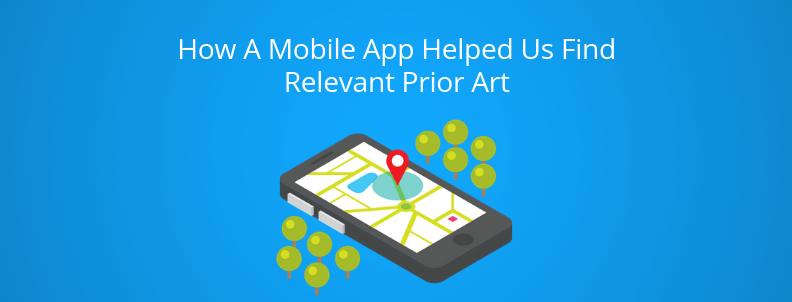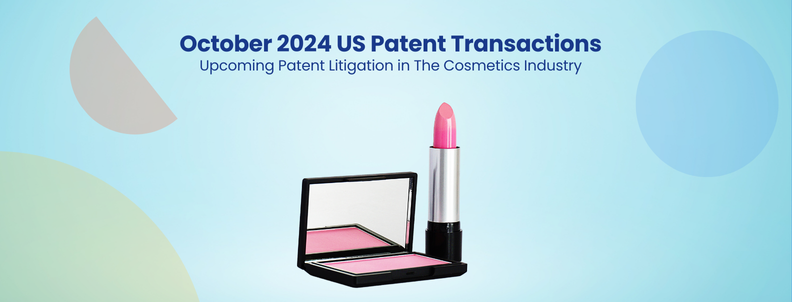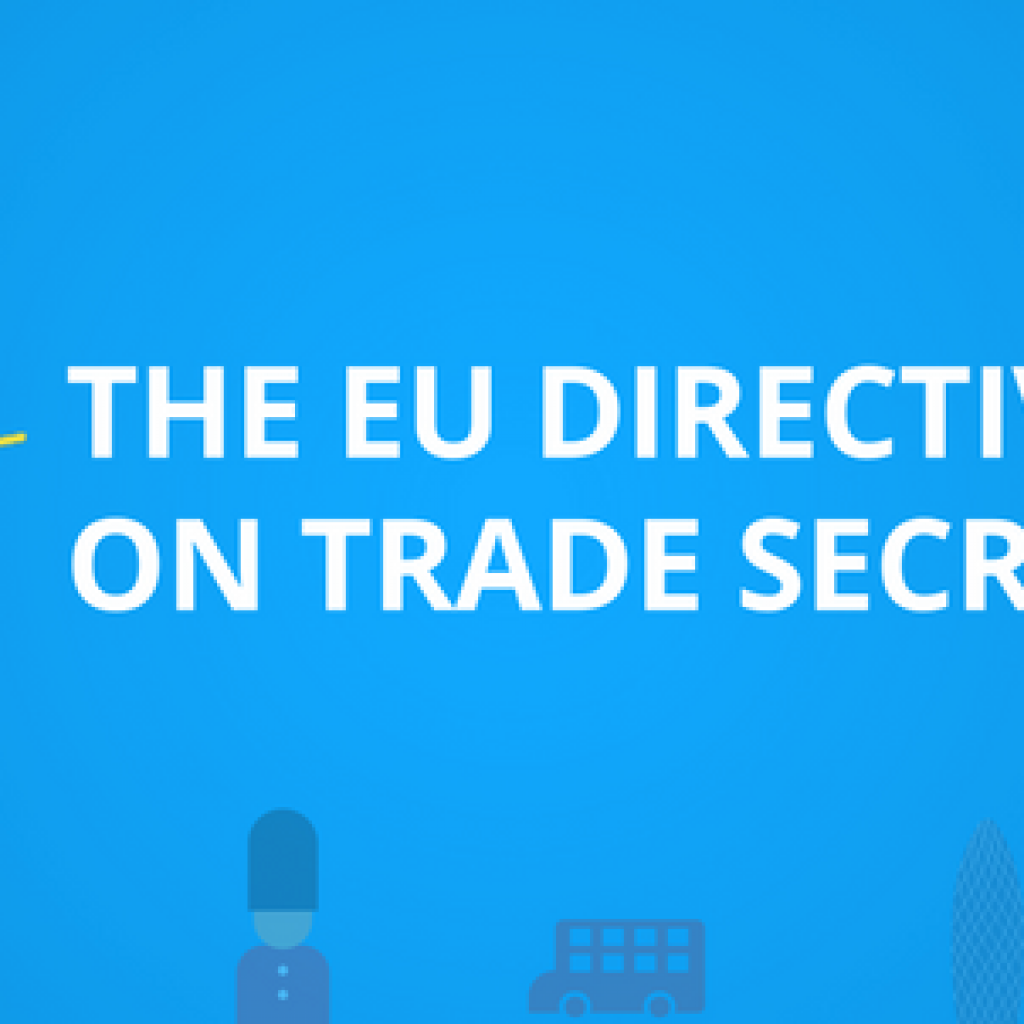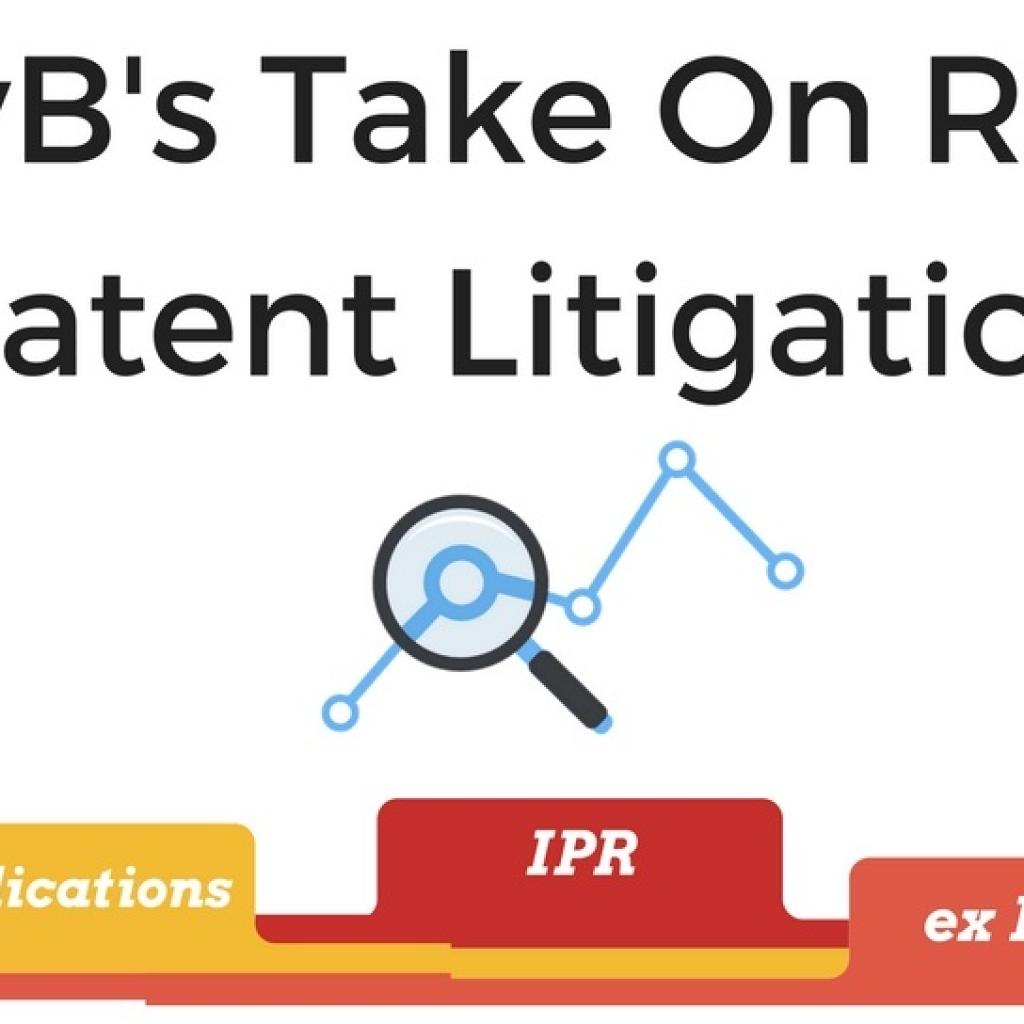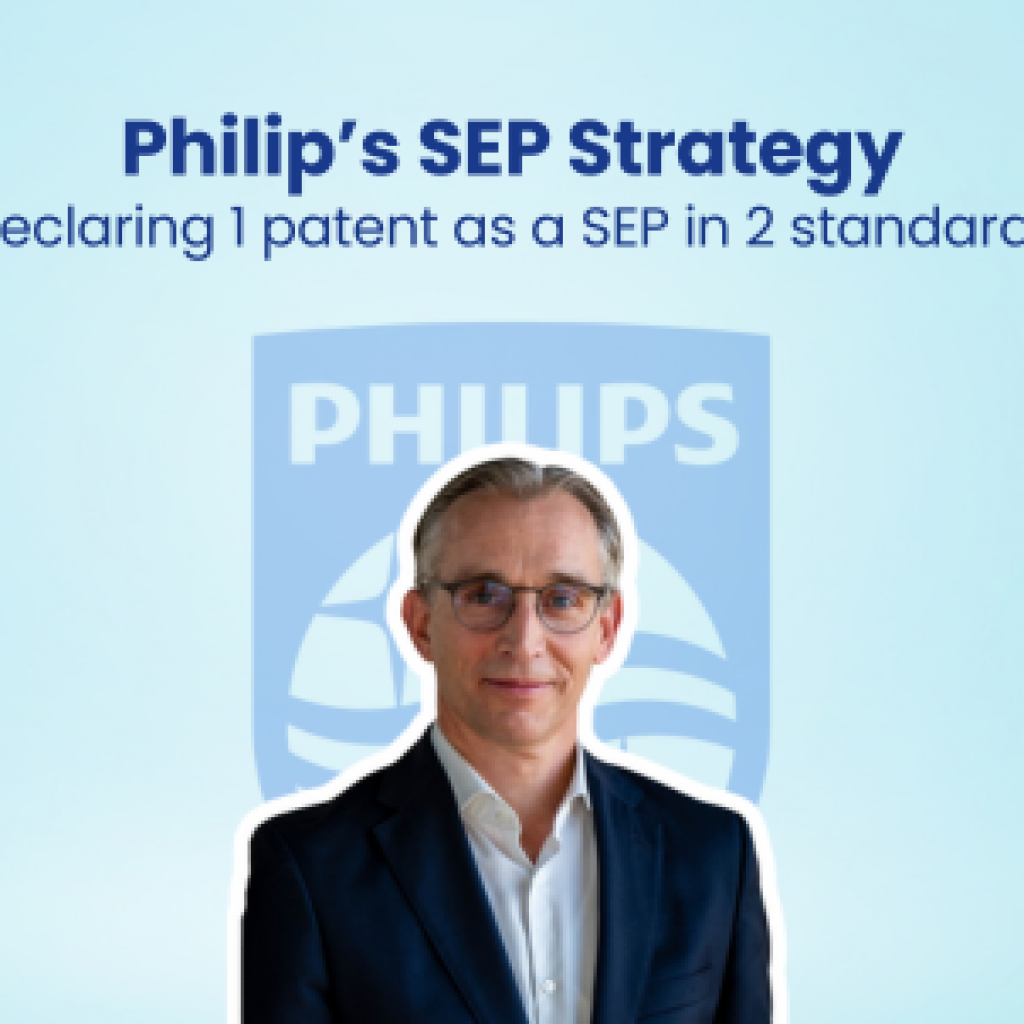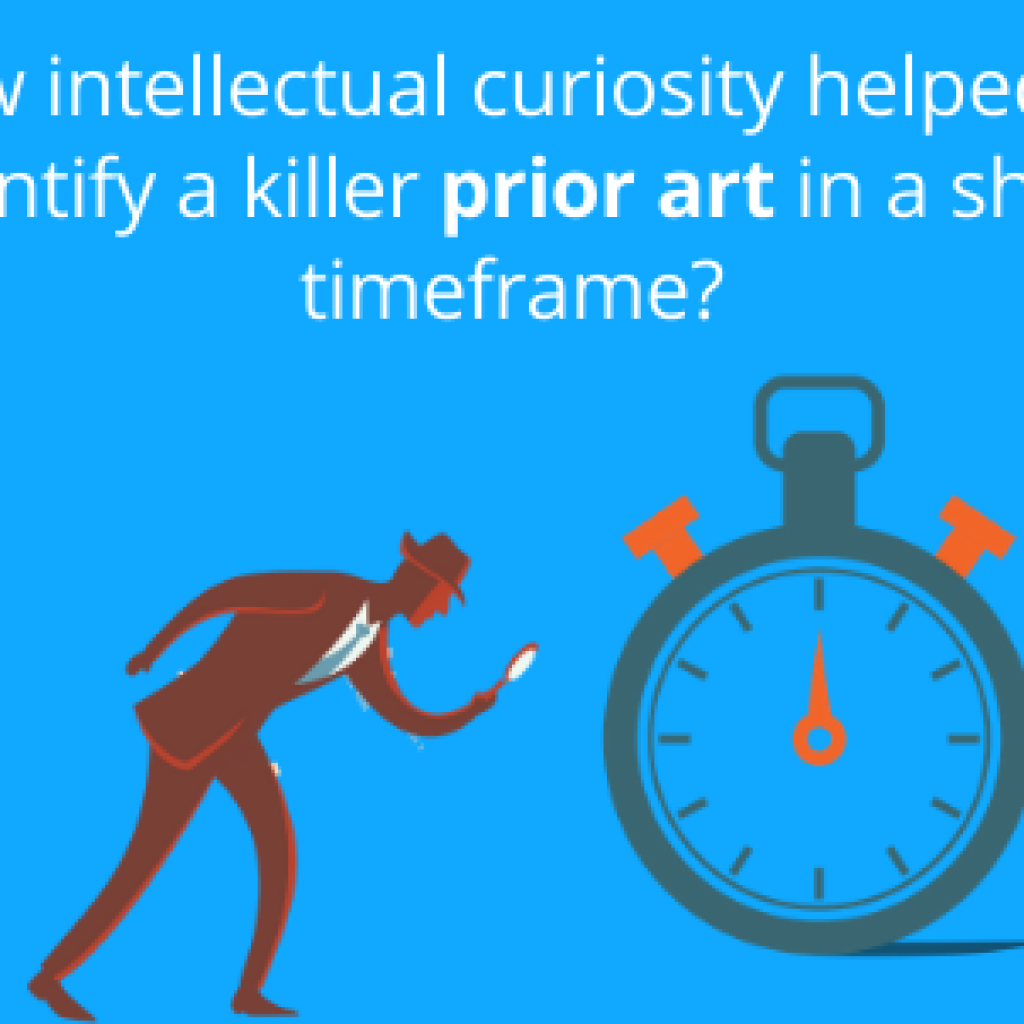“Not today!” – I groaned as I woke up and saw the clock beside my bedside. It was 8:15 AM already and I had only 45 minutes to get to the office. I couldn’t afford to get late as I had a client call scheduled at 9:15 AM that day and would need at least 10 minutes for any last moment developments. Cursing the snooze option of alarm clocks, I jumped out of the bed and by 8:35 AM, I was inside my car, straightening my tie, ready to leave for work.
My smart maps assistant notified me with two notifications as I was about to step on the accelerator.
“You have 30 minutes to reach office” and “there is huge traffic” on my usual route.
As it rained cats and dogs the previous night, this was expected. There was no way I could reach office by 9:05 and postponing the call for a later time was not an option. Despite the drop in temperature, I was perspiring. Not so surprisingly, the mobile app recommended me another path which could get me to office in the same duration. I took the recommended path and believe this or not, I was at the office by 9:06. Ample time to get on that call.
During the call, we were discussing the interim updates for a patent validity search project, and as we wrapped the topic, the client asked us to work on another invalidation search project, the details of which he shared in another email.
We were supposed to conduct a validity search for a patent related to predicting the user’s next location along with the time, with priority date early in 2013. As I read the description in the email, I had the impression that the map app I use could serve as a good prior art for this case. I made a mental note to check the launch date of the app and when the feature was introduced prior to making any assumptions. Deep within, I knew this project is going to be an amazing experience.
I started planning for the project, having had put together a team, who was working on understanding the requirements. We needed solid prior art to invalidate the patent and with a couple of months in hand before having to submit the final report, we decided to explore all the avenues to find Tier-I results.
As a starting point, we adopted the conventional approach. We performed the search on various patent and non-patent databases using various key terms, classes and different search parameters.
However, sometimes conventional approaches do not work when your goal is to invalidate a patent that appears very obvious. In such cases, things are not written in the way you expect them to be written.
We had to explore the unconventional path now.
In our years of experience working on validity projects, we have found prior art in some of the most unexpected places: Sitcoms, museums, Pop culture magazines, obscure archives on the internet, FCC ID databases, and even YouTube videos. But this was going to be a first.
Related Read: 4 Instances where we invalidated patents using unconventional methods
As we were discussing the path to follow next, I recalled the experience I had with the app that day. Though the app was launched after the priority date, I reckoned there were possibilities that similar apps existed before 2013. I conveyed this information to the team and we started searching in detail about these apps.
In the very early stages of the search, we figured that some networking sites like Brightkite, Foursquare, Facebook, Twitter, Yelp and Gowalla were working on a location-based recommendation. We checked in detail the working of their recommendation algorithms through various research papers, although we did not get our hands on any solid prior art. However, while screening we figured that some features like “threshold or likelihood” of the user’s next location were present in their algorithm.
Now, it is common knowledge that when it comes to social networking sites, everything is linked to another. While exploring these social sites, we figured that there were two apps: Waze and Google Now which existed before 2013 and were working on a similar algorithm, though the working of the same was not clear to us initially. So, we started exploring the details about these apps, but luck wasn’t in our favor. There was really less information about these apps on research papers, articles or any online publications – and whatever was available wasn’t significant enough to lead us to another clue.
Now, we had already spent a couple of weeks working on this project and we knew we had to adopt a totally different strategy to get our hands on some solid prior art. What could be a better way than execution – You might have an idea of where this is going next.
We decided to install these apps on our smartphones and train them to see whether they were working on the same algorithm. Initially, we tried to get the older version of these apps, from various APK sites like droid. informer, apkhere, apkmirror, zippyshare, uptodown, and techzei. Though we were able to get the APK files of older versions of these apps, these APK files were available mostly for the versions that were available after 2014.
With some search, we were able to find few links of the App versions that were available before March 2013 (e.g. https://waze-gps-maps-traffic.droidinformer.org/3.5.1.4/), but when we tried to install those versions, it always routed to the latest version of the apps.
Unsure whether this strategy would reap any results yet wanting to figure out the results of this experiment, we decided to install the latest version of these apps on our smartphones. To be on the safe side, we installed these apps on two smartphones – One of a fellow team member and another being mine.
Every day, we trained these apps by providing different test situations – We started visiting different places at different times; Similarly, for office, we tried to reach office every day at the same time, to see whether these apps would recommend my next location after confirming some threshold.
A few weeks passed that way, and before we knew it, it had been a complete month since we started this experiment. We had two weeks until the deadline and it started creeping on us that we might have rested our faith on a strategy that might not reap any results.
We decided to explore other avenues in parallel and the team was brainstorming ways where relevant prior art could be found. We had already arranged a call with the client a couple of days later to discuss the other possible avenues we’re planning to look into to find relevant prior art.
A day before the update call, something amazing happened: As I stepped into the car at 8:30 AM the next day, that installed app suggested “Your next location is the office” and “You need to be there in 30 minutes.”
Words can’t express my happiness, as it was finally the moment I had good prior art in hand, which could invalidate the patent. Now I did realize within the moment of joy, that this would all be in vain if I didn’t take a screenshot immediately, and I would have to wait for another 24 hours to get the same result.
I took all the requisite screenshots and as I reached the office, quickly shared this news with the team members. My colleague who had the same app installed on his phone had witnessed a similar result the previous evening on his way home from the office.
We prepared the mapping using all the screenshots of this app. But there was another obstacle in our way – We had confirmed the working of the latest version of the app, but we had not confirmed whether the older versions were also working in a similar manner. To show it as a good system prior art, we needed to provide some solid evidence for the older version of the app to be working in a similar manner.
Now some of you might think we had hit a solid dead end. Not the case. Among the other avenues we had decided to explore a couple of days ago, one of them was to check reviews of the users on these apps before the required priority date. A team member had already been working on checking the reviews on different online stores: Google Play, Apple store, CNET. It had been a solid couple days already and nothing relevant could be identified.
We were discussing these findings during the brainstorming session that day, when Prasun, another team member suggested that Waze and Google apps have their own forums hosted by their sites itself, though only some of the comments on these forums could be searched through Google but not all.
With 18 hours to go before the client call the next day to discuss the interim update, we started exploring these forums in detail.
We found that various developers and users were frequently discussing problems/issues associated with the applications of “Google now” and Waze respectively which were not accessible through a simple Google search. Further, to solve these problems/issues, developers and users shared their ideas. Particularly, in the Waze forum, there was an option of “advanced search” where we sorted the various posts of users/developers date-wise and collected relevant information.
During the search, we observed that few Waze developers like CBenson, witfits, iainhouse, Mike-1323 had the maximum number of posts. Hoping to find something of interest from these developers, we created our own Waze profile and tried to reach their email addresses to make some general queries related to different features.
During the interim update call the next day, we discussed with the client our findings till date and narrated the approach we have used to get relevant information. The client appreciated this approach and asked us to share any significant results we come across.
A week within sending the emails to the developers, a lot of to and fro with the developers we were able to collect a lot of relevant information that was available in the older version of the app. We tried to compare all the functionalities with the results of testing the later version of the app. The good news was, in this way, we were able to find some knockout prior art that was able to confirm that the feature was available before the priority of the patent.
We prepared the final report and presented all these findings to the client three days before the deadline, and guess what he had to say. I have quoted his words, verbatim:
“I have gone through the report and reviewed the references. This is excellent work. Let me know of next steps for closing out this case. I may have another patent in a very similar technology space that I will need invalidated. I will be in touch regarding that one.”
We couldn’t have been happier. After all, this client was the one whom we have spent years nurturing, and getting repeated work from them was a sign that all the hard work had paid off.
On my way home from the office that day, my new maps assistant recommended me another path to get home within 30 minutes, as my usual path had heavy traffic.
Guess what? I couldn’t get home within 30 minutes as there was a freight truck accident blocking the way for the next hour.
I just didn’t have the heart to blame the app, as this very app had helped me on the path to find prior art that invalidated the patent. That’s what really matters in the long run.
Authored by: Nikhil Gupta, Manager, Search Team.
Case study asides, what else you should be looking for when deciding a Patent Search Partner?

